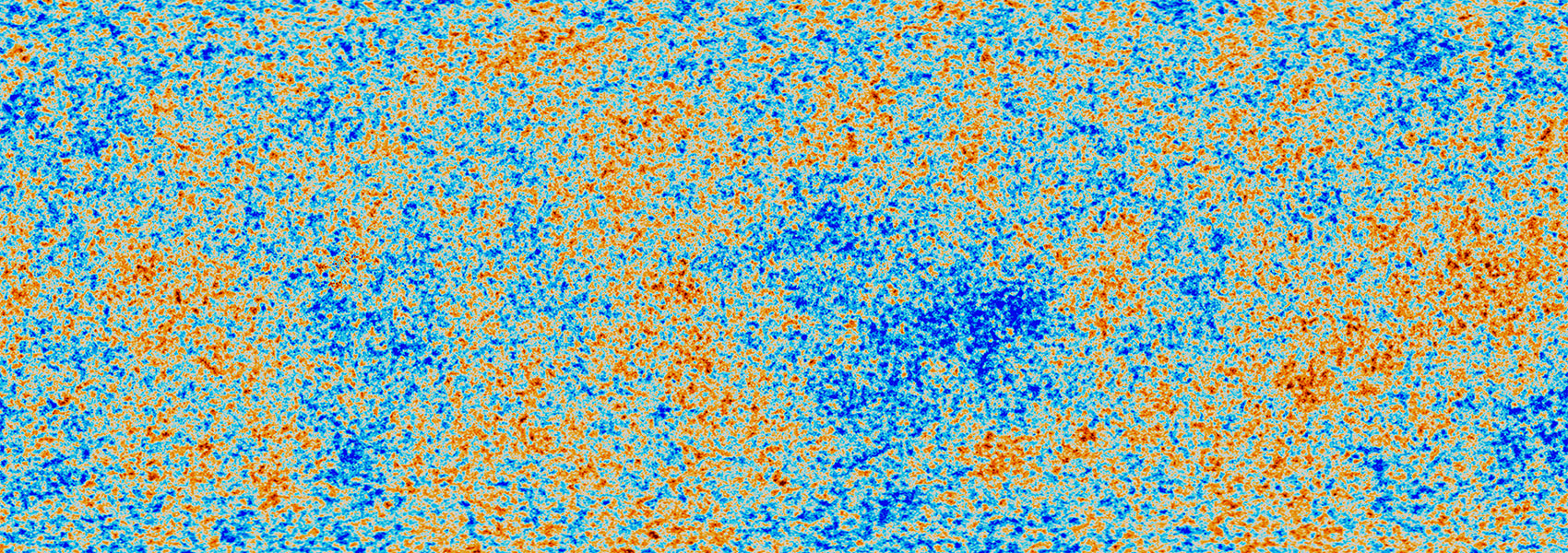January
2006
•
2006ApJ...637..227C
Authors
•
Choi, P. I.
•
Yan, L.
•
Im, M.
•
Helou, G.
•
Soifer, B. T.
•
Storrie-Lombardi, L. J.
•
Chary, R.
•
Teplitz, H. I.
•
Fadda, D.
•
Marleau, F. R.
•
Lacy, M.
•
Wilson, G.
•
Appleton, P. N.
•
Frayer, D. T.
•
Surace, J. A.
Abstract
•
We investigate the instantaneous star formation rates (SFRs) and extinction properties for a large (N=274), near-infrared (NIR: 2.2 μm) + mid-infrared (MIR: 24 μm)-selected sample of normal to ultraluminous infrared galaxies (ULIRGs; 109<LIR/Lsolar<1012.5) with <z>~0.8 in the Spitzer Extragalactic First Look Survey (FLS). We combine 24 μm observations with high-resolution Keck DEIMOS spectroscopy to derive optical emission-line (Hα, Hβ, and [O II]) and infrared star formation rates (SFRopt and SFRIR, respectively). Comparison of SFR diagnostics reveals a wide extinction range (1.0<AV<4.0 mag) for this sample, even after removing spectroscopic and IRAC color-selected AGN candidates (~12% of the sample). Objects with SFRs of a few Msolar yr-1 have extinction values consistent with normal spirals (AV~1.0 mag). By contrast, LIRGs at z>~1, which comprise a fraction of our sample, have SFR~100 Msolar yr-1 and a mean AV~2.5 mag. This translates to a 97% mean [O II] λλ3727 attentuation and in extreme cases is as high as 99.7%. We derive an IR-luminosity-dependent AIRV function [AIRV=0.75log(LIR/Lsolar)-6.35 mag] that we use to extinction correct our line luminosities. The resulting correlation between SFRIR and SFRopt has a dispersion of ~0.2 dex (semi-interquartile range). Comparison of the AV dependence on redshift and LIR reveals that for a fixed LIR, there is no significant AV evolution. Comparison to previous studies reveals a mean attenuation that is intermediate between that of local optical/UV- and radio-selected samples with a marginally stronger LIR dependence.
Links





